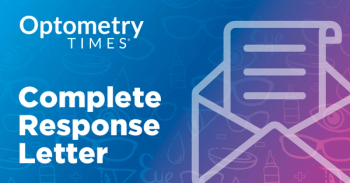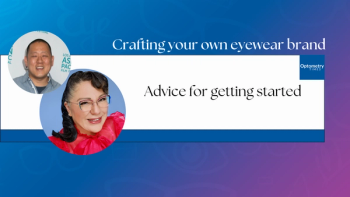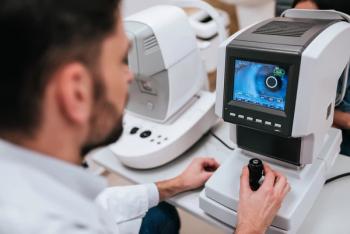
Gaps in vision screening for school-aged children uncovered in study
A new study found that only a little over half of school-aged children participants underwent vision screening within the past two years, highlighting gaps in eye care access.
There is a significant need to identify children who are at risk of preventable loss of vision, according to new research conducted by Boston researchers. Most often these children are part of socioeconomically vulnerable groups who do not have access to vision screening and follow-up care.1 The study was led by first author Isdin Oke, MD, PhD, from the Department of Ophthalmology, Boston Children’s Hospital and Harvard Medical School, Boston.
The authors conducted a cross-sectional study of schoolchildren who ranged in age from 6 to younger than 18 years. The children participated in the National Survey of Children’s Health, which is a nationally representative survey of the noninstitutionalized US pediatric population.2
The investigators recounted that the vision screening questions had been updated in 2021 to facilitate analysis of 3 steps along the vision screening pathway, ie, receipt of screening, referral for eye examination, and establishment of specialty care. The sociodemographic variables included age, sex, race, ethnicity, insurance type, household income, caregiver education level, household generation, and primary household language.
Data were available for 30,173 children. Of those, 18,494 underwent vision screening within the past 2 years and 5,134 had been referred for an eye examination. Most of those referred, ie, 4,823, reported establishing specialty care.
Ethnicity, income, and primary language were found to be factors in children less likely to receive specialized care. “Children identifying as Hispanic, non-Hispanic Asian, or non-Hispanic Black, residing in low-income households, and with a non-English primary household language were less likely to receive screening, more likely to be referred for an eye examination, and less likely to establish care with a specialist. Adolescents, children without health insurance, and children with caregivers with less than high school education were less likely to receive screening and more likely to be referred for an eye examination,” Oke and colleagues reported.
The current approach to vision screening in the US, which the authors describe as a“multifaceted approach and variability in vision screening policies,” may be the reason that children do not receive care to prevent vision loss.3
The authors of this study called for implementation of novel strategies that will improve the ophthalmic communities ability to identify children at greatest risk of preventable vision loss.
References
Oke I, Slopen N, Galbraith AA, Hunter DG, Wu AC. Gaps in the vision screening pathway for school-aged US children. JAMA Ophthalmol.Published online January 25, 2024; doi:10.1001/jamaophthalmol.2023.6316
Ghandour RM, Jones JR, Lebrun-Harris A, et al. The design and implementation of the 2016 National Survey of Children’s Health. Matern Child Health J. 2018;22:10931102. doi:10.1007/s10995-018-2526-x
Wahl MD, Fishman D, Block SS,et al. A comprehensive review of state vision screening mandates for schoolchildren in the United States. Optom Vis Sci. 2021;98:490-499. doi:10.1097/OPX.0000000000001686
Newsletter
Want more insights like this? Subscribe to Optometry Times and get clinical pearls and practice tips delivered straight to your inbox.













































